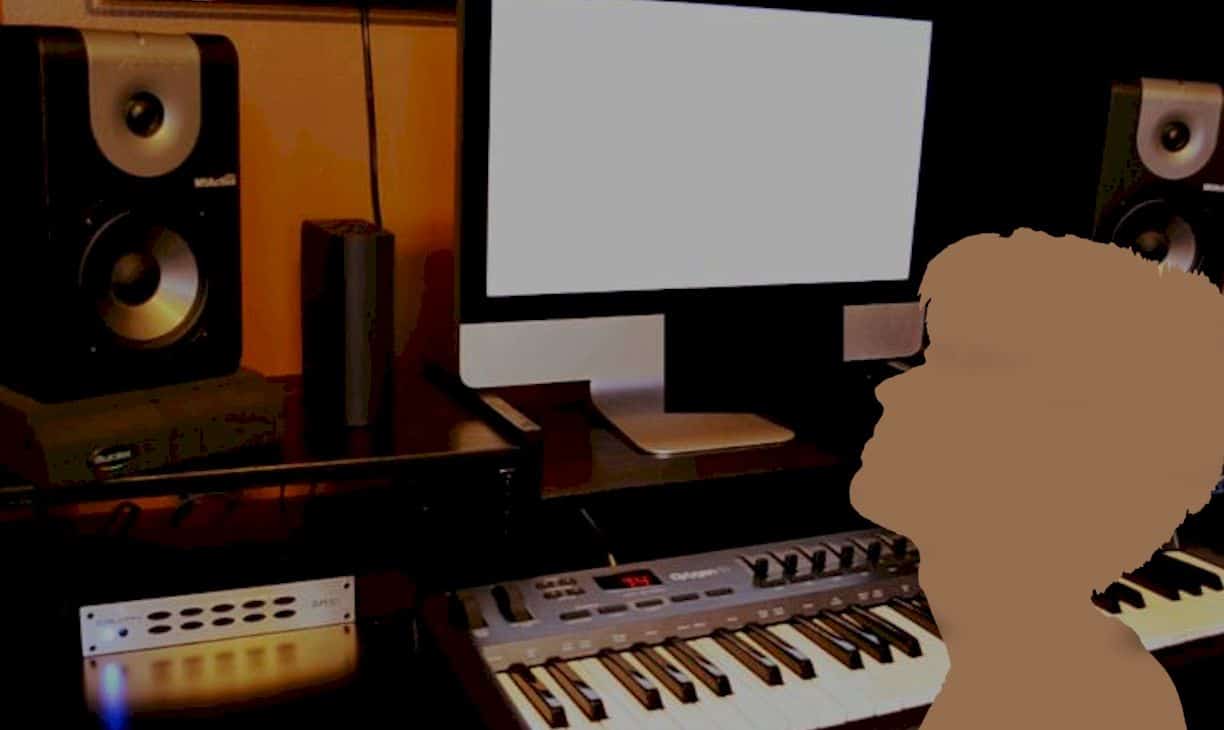With the accessibility of how-to-guides, modern equipment, and software today, it is not difficult to set up your own Home Recording Studio anymore. With a little knowledge about the essentials of a recording studio, you can soon start making music in the comfort of your own home.
Stepping into a professional recording studio can be quite overwhelming with the size and number of equipment laying around. If you are just starting out, it is best to stay away from complicated gears until you feel more confident in using recording equipment. For now, just acquire the essentials.

Contents
Recording Equipment for Home Recording Studio Setup
Computer

The first equipment that you should buy is a computer. This will be your primary tool in mixing sounds and creating compositions. If you are always on the go, you can opt for a laptop. However, it is recommended that you go for a desktop whenever possible.
Most modern computers today can easily handle the amount of work that audio recording requires, but, if possible, buy the highest amount of RAM to avoid overloading and sudden crashes. A high hard drive space will also enable you to install more recording software and save more audio files.
Audio Interface
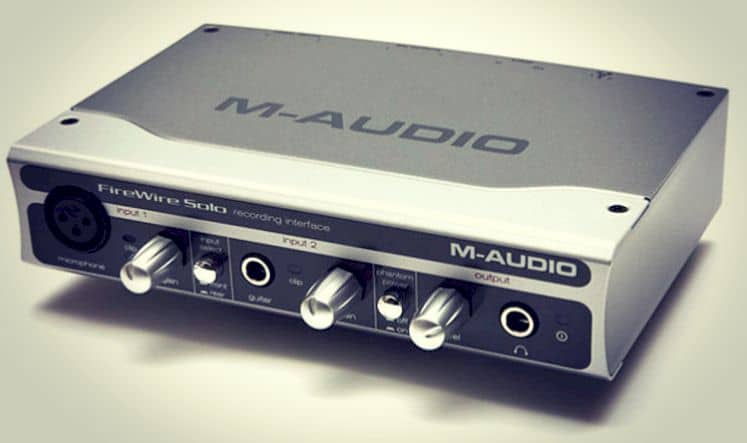
Another important recording equipment is the audio interface. This device connects all other recording equipment such as mics and studio monitors to your computer. When choosing an audio interface, it is important to avoid those that are affordable but of subpar quality. This is because low-quality audio interface may hurt the sound you produce. If you are on a tight budget, always read the reviews first before you make your final choice.
Digital Audio Workstation or DAW
In combination with the computer and audio interface, you should also have a Digital Audio Workstation or DAW. This is a software that enables recording, editing, and mixing in the computer. Different DAWs have different features. Some provide you with only the most basic editing and mixing tools, while others may have additional options, like sound effects and digital instruments. Depending on its features, different DAWs also have different prices. However, if you buy an audio interface, it should come with a free DAW.
You may want to know the turntable with speakers.
Microphone

Of course, another vital element in the recording studio is the microphone. There are many kinds of mics that you will probably use in the future. For now, as a beginner, you only need two: a dynamic mic and a condenser mic. A condenser mic will mainly be used in recording vocals because it has higher sensitivity and is more responsive at higher frequencies. A dynamic mic on the other hand is more suitable for recording instruments since it is responsive to lower frequencies.
Read next: best turntable slipmats
pop filter
If you want to further improve the quality of your voice recording, you should also consider buying a pop filter.
This equipment filters out unpleasant vocal artifacts such as popping (the blasts of air that occur when you pronounce the letters B and P on the mic).
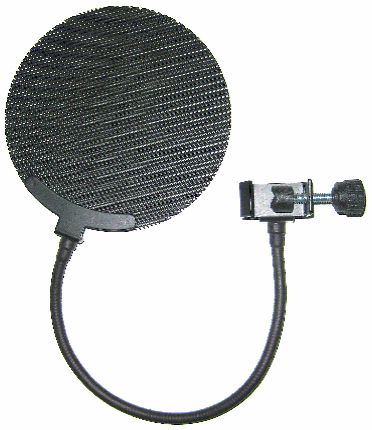
Studio Monitor or studio headphone
In audio editing and mixing, you will really need a good studio monitor. A studio monitor is a speaker that is specially designed for recording studios. While a consumer speaker produces enhanced audio, a studio monitor has a flatter frequency response and a more neutral, unaltered, output. This characteristic enables you to listen to your project at a raw state, so you can easily identify which aspects need to be improved and what details should be retained.
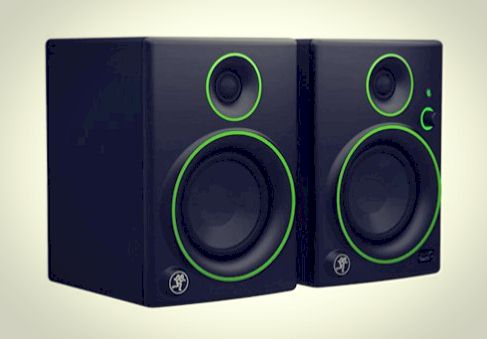
An alternative to the usual studio monitor is a studio headphone. However, while you can use it in the same capacity as a studio monitor, it is not always recommended. Studio headphones are much harder to mix on, and projects mixed on studio headphones generally don’t sound as good on speakers. However, as an upside, studio headphones are traditionally better than studio monitors when it comes to voice-over works.
A related article: what is a studio album
Cables
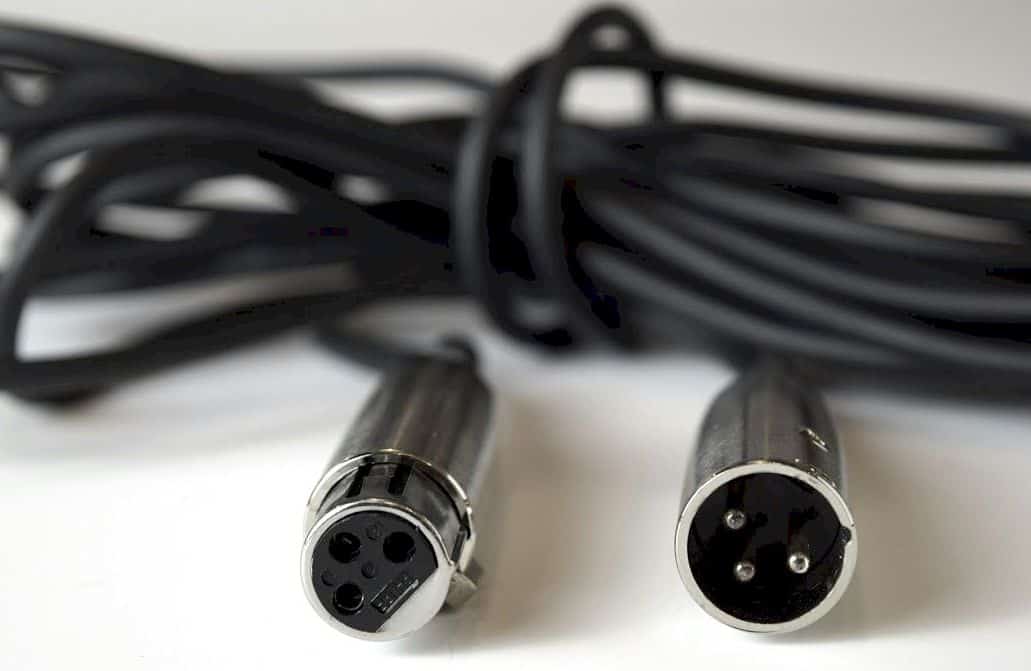
In the course of your recording projects, you will need a bunch of different cables. As a starter, you will only need one long XLR cable for your microphone, and two short ones for the studio monitors. Before buying, make sure that your audio interface’s stereo output has built-in XLR connectors. Additionally, if you’re using studio headphones, you might also want to invest in headphone extension cables, as studio headphones usually have short cords.
MIDI keyboard controller

If you are short on musical instruments or just want additional sound options, you might want to consider getting a MIDI keyboard controller. This will enable you to add virtual instruments to your tracks and even make your own music sheet. However, this is not at all necessary, especially if you’re stacked with instruments or are just planning to make straight audio recordings through the microphone.
Read Next: Best Receivers for Turntables
Mic Stand
Lastly, if you are really serious about starting your own recording studio, you should not forget to buy a good MIc stand. Not only will it be useful and convenient for recording vocals, but it will also protect your microphone from sudden falls and breakage.
It’s one less thing to worry about while you’re trying to work on your music.
Key Points to Choose a Recording Studio Location
Where you will build your home studio is a very important decision to make. If you are setting up a studio only to satisfy a hobby, a medium-sized room will be quite enough. However, if you plan on upgrading it further in the future, it is better to pick a larger area. This is to give you the ability to add more room partitions, equipment, and accommodate more people when needed.
The recording studio should, ideally, be far from areas in the house with high foot traffic. This is to avoid catching unnecessary sounds inside the recording room. In turn, you are less likely to disturb other members of the family too. If needed, you can opt to have your studio professionally soundproofed. However, this may be a little pricey and time-consuming.
Ear Training Software
Technically, you do not need ear training software to start recording. However, what you may not realize is that a good musician’s ear is quite different from a good sound engineer’s ear. A musician’s ear recognizes audio aspects such as notes, chords, and intervals. On the other hand, a sound engineer’s ear is more concerned with recognizing bands of frequencies in order to produce a good output. For this reason, an ear training software will help you produce a professional-sounding project.

Graduated with a Bachelor of Audio Engineering and Sound Production. He has worked with a number of studios as a Recording Engineer, with over 10 years of servicing experience in both re-recording mixing and sound editing.

